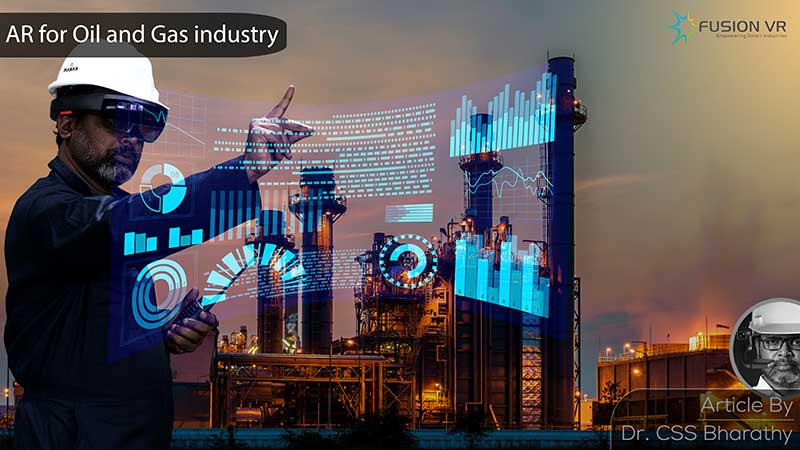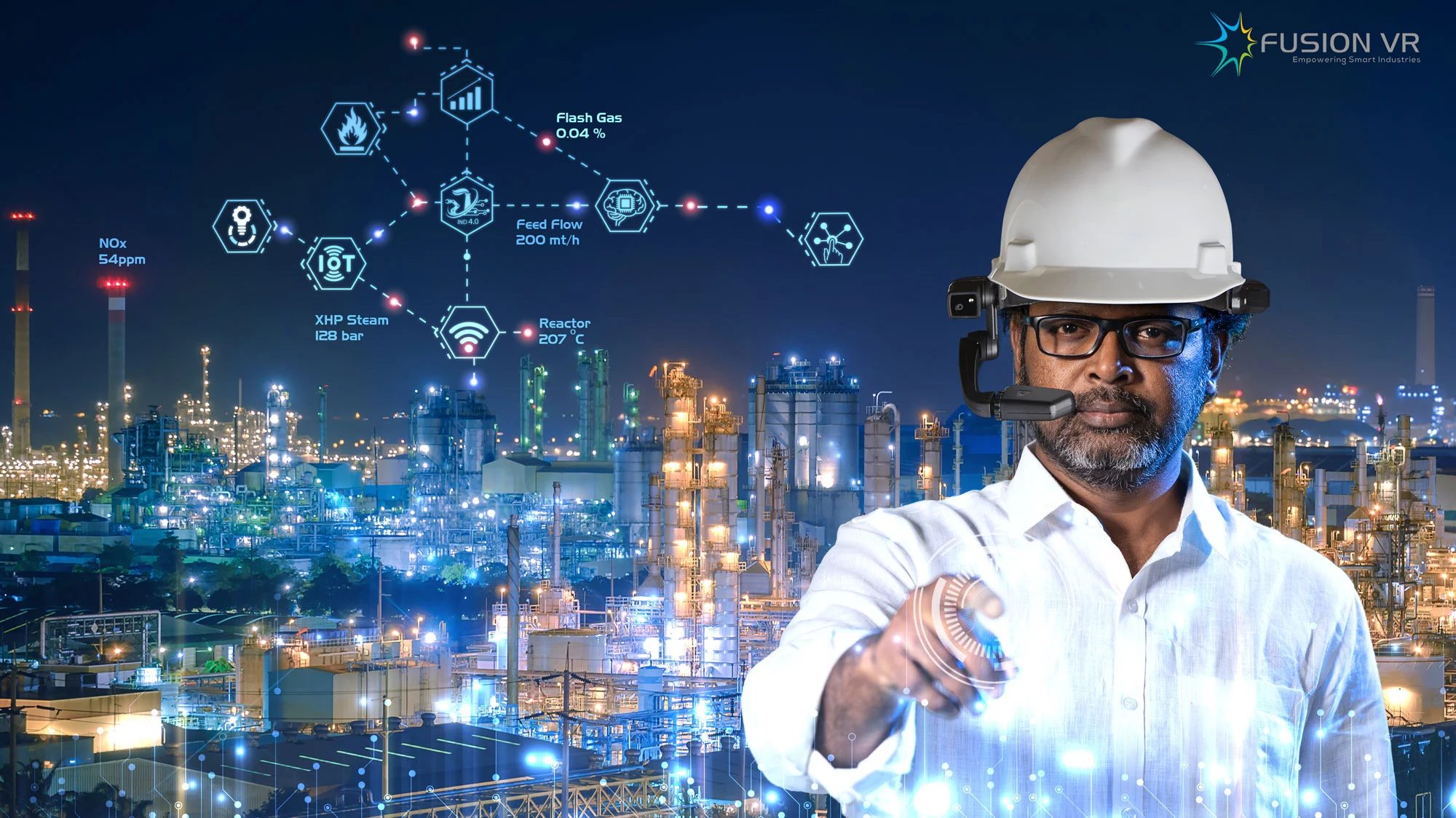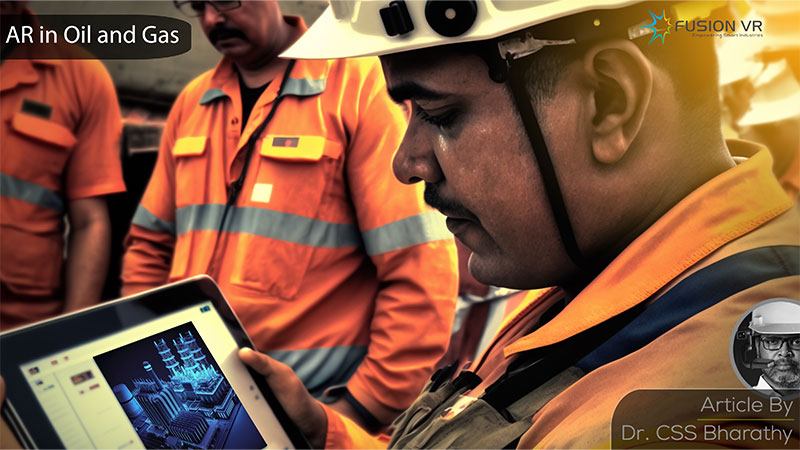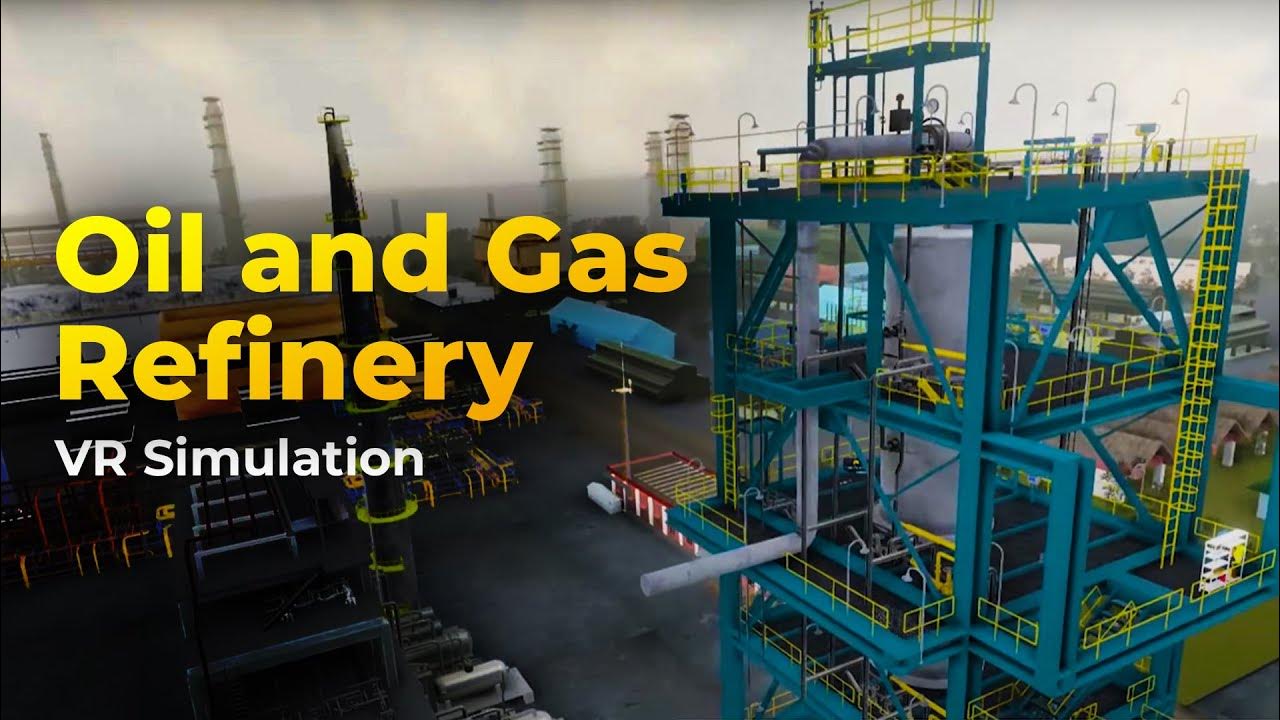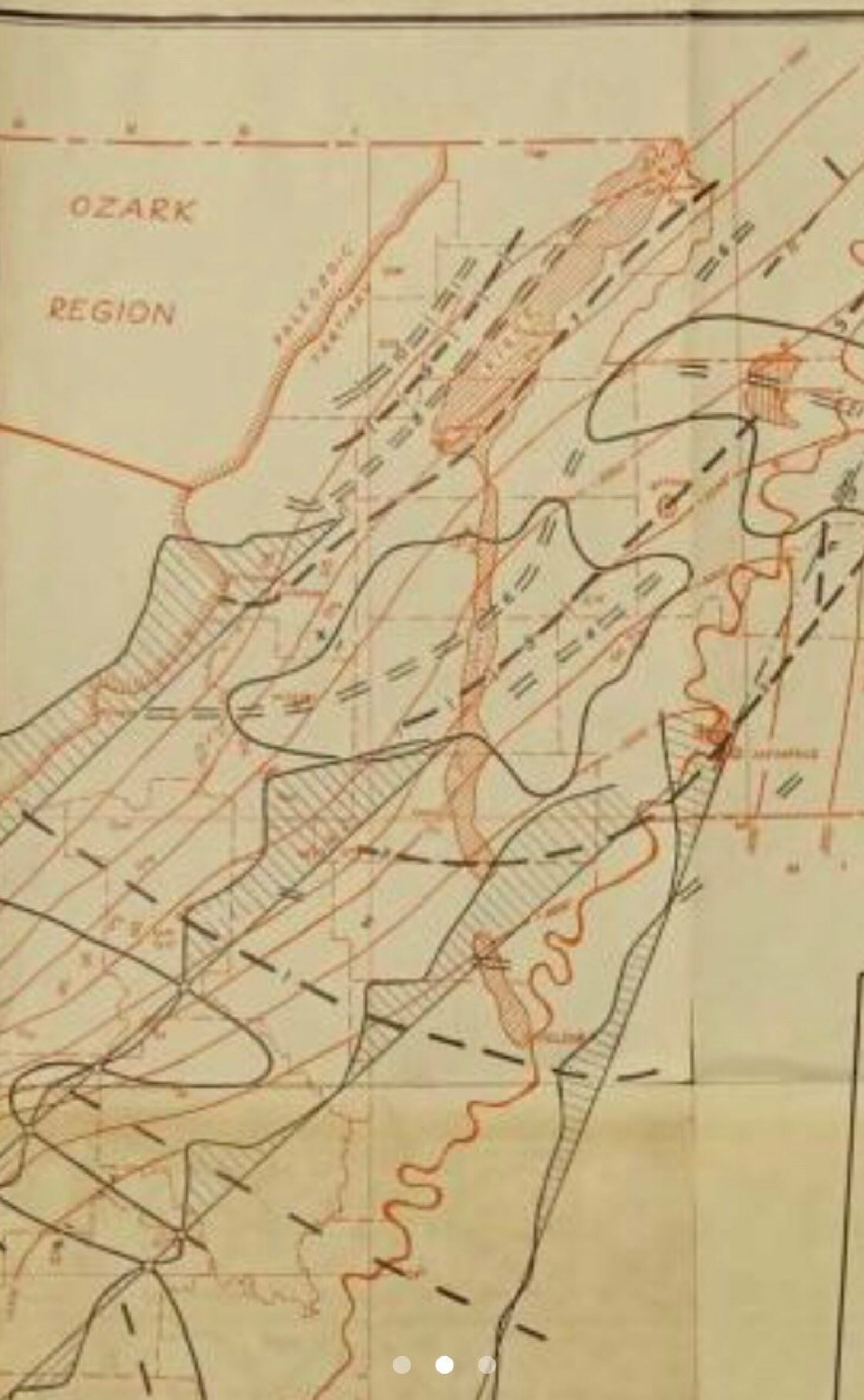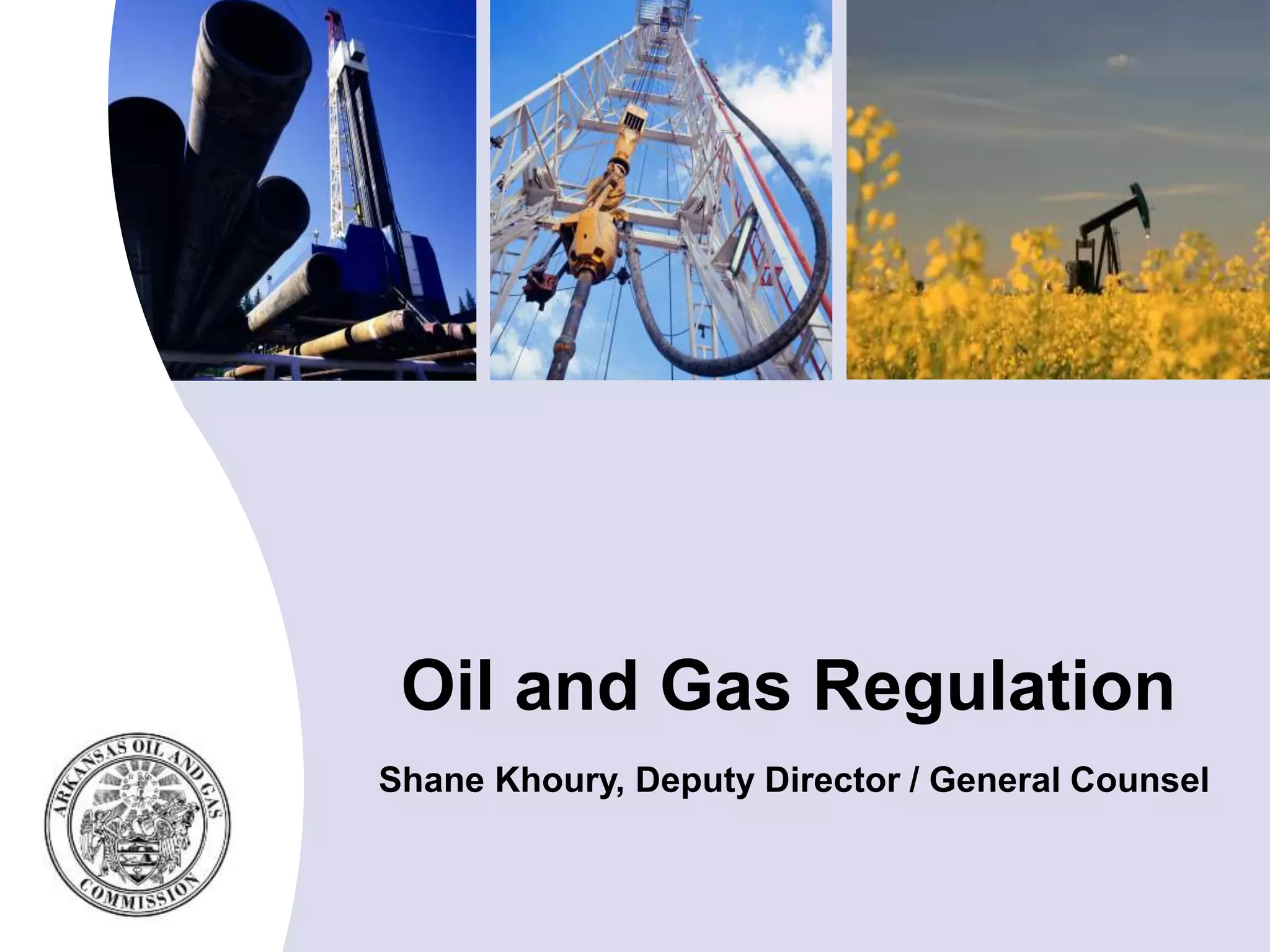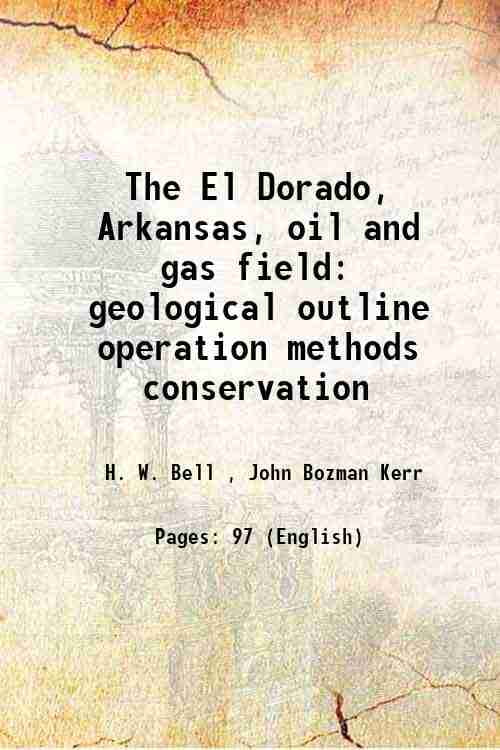Ar In Oil And Gas Theme Analysis

The integration of Artificial Intelligence (AI) into the oil and gas sector is rapidly transforming traditional operations, promising enhanced efficiency, safety, and profitability. From optimizing exploration and production to predicting equipment failures and improving supply chain management, AI is poised to revolutionize the industry. This article examines the current trends, challenges, and future implications of AI adoption in the oil and gas landscape.
The "AI in Oil and Gas" theme encapsulates the growing trend of leveraging artificial intelligence technologies to improve various aspects of the oil and gas industry. This includes exploration, drilling, production, refining, and distribution.
The AI Revolution in Oil and Gas: A Deep Dive
The oil and gas sector, long known for its reliance on conventional methods, is increasingly embracing AI to address complex challenges and improve operational effectiveness. The driving forces behind this adoption include the need to optimize production in aging fields, reduce operational costs in the face of fluctuating oil prices, and enhance safety in hazardous environments.
AI applications in exploration and production are particularly noteworthy. Seismic data analysis, traditionally a time-consuming and labor-intensive process, can now be significantly accelerated using AI algorithms.
These algorithms can identify subtle patterns and anomalies that may indicate the presence of hydrocarbon reserves, enabling geologists to make more informed drilling decisions.
BP, for example, has been using AI to analyze vast amounts of seismic data, leading to more accurate reservoir characterization and improved drilling success rates.
Predictive Maintenance and Operational Efficiency
One of the most promising applications of AI in the oil and gas industry is predictive maintenance. By analyzing sensor data from equipment such as pumps, compressors, and pipelines, AI algorithms can identify potential failures before they occur.
This allows companies to schedule maintenance proactively, reducing downtime and preventing costly repairs. Chevron has implemented AI-powered predictive maintenance systems across its operations, resulting in significant cost savings and improved equipment reliability.
AI is also playing a crucial role in optimizing production processes. Machine learning algorithms can analyze real-time data from sensors and control systems to identify opportunities for improving efficiency and reducing waste.
For example, AI can be used to optimize the injection of water or gas into oil reservoirs to enhance oil recovery. Shell is utilizing AI to optimize its deepwater production operations, resulting in increased oil output and reduced environmental impact.
Furthermore, AI is being applied to improve safety in oil and gas operations. AI-powered video analytics systems can monitor worker behavior and identify potential safety hazards, such as unauthorized entry into restricted areas or failure to wear personal protective equipment.
These systems can also be used to detect leaks and spills, enabling companies to respond quickly and mitigate environmental damage.
Challenges and Future Outlook
Despite the potential benefits, the adoption of AI in the oil and gas industry faces several challenges. One of the main challenges is the lack of skilled personnel with expertise in both AI and oil and gas operations.
Companies need to invest in training and development programs to equip their workforce with the necessary skills to implement and manage AI technologies.
Another challenge is the integration of AI systems with existing infrastructure. Many oil and gas companies have legacy systems that are not easily compatible with AI technologies.
Integrating these systems can be complex and costly, requiring significant investments in software and hardware upgrades.
Data privacy and security are also major concerns. AI algorithms require large amounts of data to train and operate effectively. Protecting this data from cyber threats and ensuring compliance with data privacy regulations are critical.
Looking ahead, the adoption of AI in the oil and gas industry is expected to accelerate in the coming years. As AI technologies become more mature and affordable, more companies will embrace them to improve their operations and gain a competitive edge.
Accenture, in a recent report, predicted that AI could unlock $59 billion in value for the oil and gas industry by 2025.
The future of AI in oil and gas will likely involve a greater emphasis on automation and autonomous systems. AI-powered robots and drones will be used to perform tasks that are currently done by humans, such as inspecting pipelines, repairing equipment, and monitoring remote facilities.
This will improve safety, reduce costs, and increase efficiency.
The integration of AI into the oil and gas industry is not just a technological upgrade, it is a fundamental shift in how the industry operates. Companies that embrace AI will be better positioned to thrive in a rapidly changing energy landscape.
However, successful implementation requires careful planning, investment in skills development, and a commitment to addressing the ethical and security challenges associated with AI.
The oil and gas industry stands on the cusp of a new era, where AI empowers companies to operate more efficiently, safely, and sustainably. The journey has its challenges, but the potential rewards are substantial.
Ultimately, the successful integration of AI will be a key determinant of success in the evolving energy sector.

